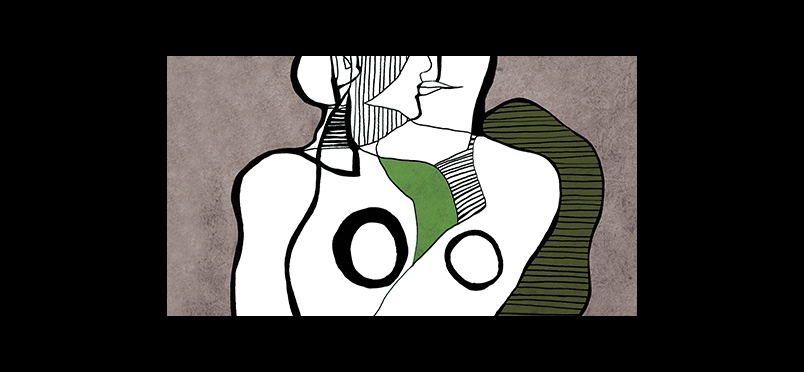| acute pain management
Platelet-Rich Plasma Injection & Tendinopathy

Many Questions, Some Answers
Shoulder pain is, globally, the 3rd most common musculoskeletal complaint, and rotator cuff tendinopathy—whether acute or chronic—is a leading cause of shoulder pain. Prevalence is high, with up to 70% of the world having shoulder pain at some point, and up to a half still having pain at a year’s follow-up. A study in Cureus reviewed literature of platelet-rich plasma injections for this ubiquitous complaint. As there are no standardized platelet extraction methods, study comparisons are difficult. More complications: is a single injection or multiple injections needed? Low sample sizes, short follow-ups, and dropout/noncompliance rates further obscure research.
Among study conclusions:
- Corticosteroid injections, dry needling, targeted exercise regimens, and other treatments have low compliance/efficacy
- PRP as a standalone treatment option can help improve the shoulder range of motion
- No comments about refractory rotator cuff tendinopathy after a PRP injection can be made due to an absence of long-term data
- Rotator cuff tendinopathy is a chronic condition, and short-term improvement may not last
- PRP may be safely suggested to improve the shoulder range of motion in periods up to at least one year after injection in patients without major adverse effects
- Studies with standardized methods of preparations and follow-ups are required
Read the journal article.
Did you enjoy this article?
Subscribe to the PAINWeek Newsletter
and get our latest articles and more direct to your inbox

